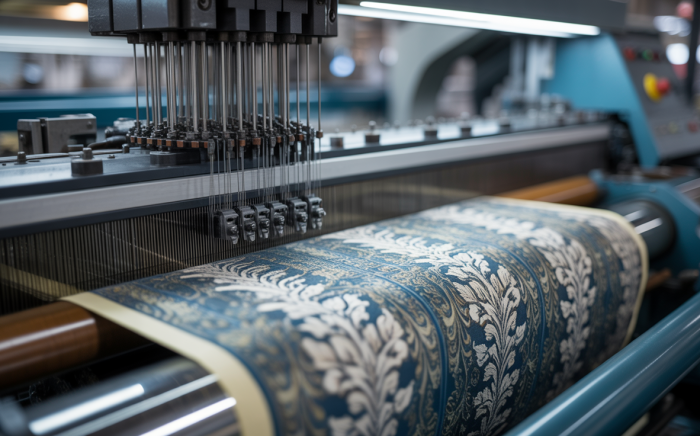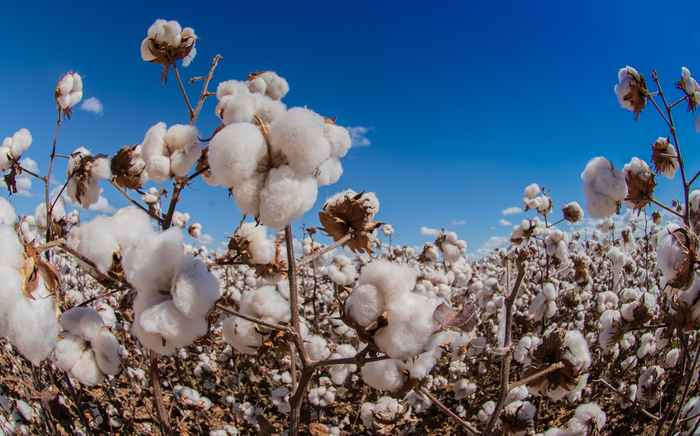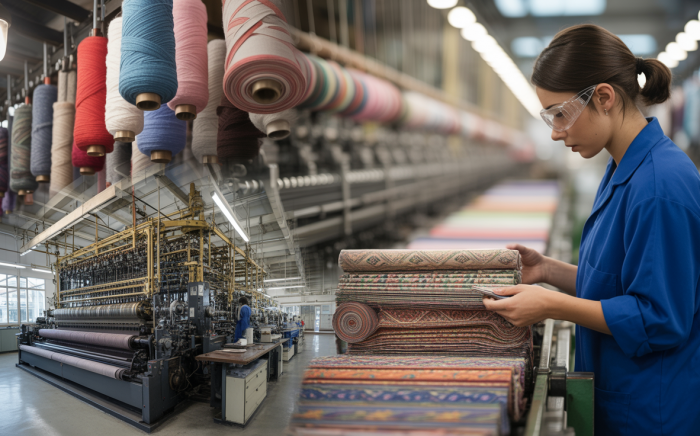As fashion demands faster delivery, lower costs, and greater customization, the textile industry is undergoing a quiet revolution—driven by artificial intelligence and automation. From design forecasting to quality control, digital tools are reshaping how textiles are conceived, produced, and distributed.
This transformation isn't just about efficiency; it's about rethinking every stage of the value chain.
Predictive design and demand forecasting
AI is increasingly used at the earliest stage of production: design.
By aligning design decisions with real-time demand, companies can avoid costly missteps and excess inventory.
Automated cutting, dyeing, and finishing
Automation is making fabric treatment more precise and less wasteful.
These upgrades lower costs while supporting environmental targets.
Robotics in spinning, weaving, and sewing
In production facilities, robots are now performing tasks once reserved for human labor:
While full automation remains limited for complex items, its role is expanding rapidly in areas like t-shirts, underwear, and uniforms.
Smart quality control and defect detection
AI-powered cameras and sensors can now detect fabric flaws faster and more accurately than the human eye.
As production shifts toward smaller batches and quicker turnarounds, automated quality control becomes essential for maintaining standards.
Balancing innovation and impact
While AI and automation promise lower costs, faster production, and improved precision, they also raise questions about labor displacement and equity.
The future of textile manufacturing is unlikely to be fully human or fully automated—it will be hybrid. And success will depend on how well technology is integrated with ethics, sustainability, and adaptability.

 Back to Blog
Back to Blog









